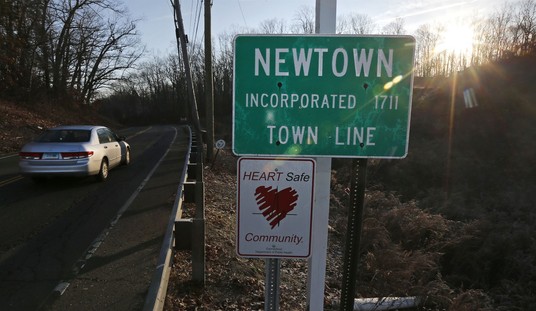This Week in American Military History:
Apr. 10, 1942: The infamous Bataan Death March begins.
Following the fall of the Bataan peninsula to Japanese forces, some 78,000 Americans and Filipinos – huge numbers of them sick, starving, and wounded (those who are not, soon will be) – are force-marched in extreme heat and humidity some 80-90 miles to a Japanese prison camp in the backcountry of Luzon.
Along the way, thousands of captives are beaten, raped, bayoneted, disemboweled, beheaded, or shot. Those too weak to keep up with the march – or who stop to relieve themselves – are summarily executed. All are deprived of food and water. Fewer than 55,000 survive. Fewer still will survive the prison camps or the so-called “hell ships” delivering them to labor facilities in Japan.
Apr. 11, 1783: British forces having been defeated in the former colonies, the Congress of the Confederation (the post-Continental Congress precursor to the U.S. Congress) declares a “cessation of arms” between the U.S. and Great Britain.
A portion of the declaration reads: “… we hereby strictly Charge and Command all our Officers, both by Sea and Land, and others, Subjects of these United States, to Forbear all Acts of Hostility, either by Sea or by Land, against His Britannic Majesty or his Subjects, from and after the respective Times agreed upon between their Most Christian and Britannic Majesties as aforesaid.”
Apr. 11, 1951: Pres. Harry S. Truman relieves Gen. Douglas MacArthur of command of U.S. and United Nations forces in Korea, replacing MacArthur with Gen. Matthew Ridgway.
Truman fires MacArthur for reasons centered around the president’s desire for a limited war in Korea; MacArthur’s insistent, outspoken desire to expand the war (which Truman feared would lead to a third world war); and a personality clash between the two men making it difficult for the president to control his subordinate general.
In eight days, MacArthur – a Medal of Honor recipient and one of America’s greatest generals – will address a joint session of Congress and utter the now-famous line, “old soldiers never die; they just fade away.”
Apr. 12, 1861: Confederate Brig. Gen. Pierre G.T. Beauregard’s artillery forces – strategically positioned around Charleston harbor, S.C. – open fire on Union-held Fort Sumter (constructed atop shoals at the harbor entrance).
Unable to effectively return fire and with his position indefensible, Union Army Maj. Robert Anderson will surrender the fort: The garrison will be evacuated on the 14th.
The firing on Fort Sumter is considered to be the opening engagement of the Civil War. Technically it is; though shots were fired in January by militia batteries – including a battery manned by cadets of the Citadel (the Military College of South Carolina) – on the U.S. commercial paddlesteamer “Star of the West” in Charleston harbor.
Apr. 12, 1862: Andrews’ Raiders – an ad hoc Union Army commando force (22 Ohio Infantrymen led by civilian spy James J. Andrews) – commandeer a Confederate train at Big Shanty, Georgia during an operation aimed at disrupting the rail-line between Atlanta and Chattanooga.
Following a dramatic pursuit known today as “the Great Locomotive Chase,” the raiders will be caught. Many will escape. Eight of them, including Andrews, will be convicted of espionage and executed.
Nineteen of the raiders will be awarded the Medal of Honor (many of them posthumously). Six will become the first-ever recipients of the Medal of Honor.
Apr. 16, 1916: The Escadrille Americaine – a group of volunteer American pilots flying for the French military air service – is established. The Escadrille Americaine will become known as the Escadrille Lafayette (also Lafayette Escadrille), and in 1918 it will be absorbed into the 103rd Pursuit Squadron of the new U.S. Army Air Service.
Apr. 16, 1986: Several hours before dawn – on the 70th birthday of the Escadrille Americaine – U.S. Air Force and Navy warplanes roar into Libyan airspace and begin a series of blistering airstrikes against military and terrorist targets.
Code-named El Dorado Canyon, the attacks are in retaliation for Libyan-leader Col. Muammar Qaddafi’s direct involvement in terrorist attacks against Americans worldwide.
The U.S. operation is built around two primary strike groups: U.S. Air Force F-111 fighter-bombers based in the United Kingdom, and carrier-based A-6 Intruders, A-7 Corsairs, and F/A-18 Hornets from USS America and USS Coral Sea operating in the Mediterranean with F-14 Tomcats flying combat air patrol over the carriers.
In his post-attack address to the nation, Pres. Ronald Reagan says, “Today we have done what we had to do. If necessary, we shall do it again.”







Join the conversation as a VIP Member